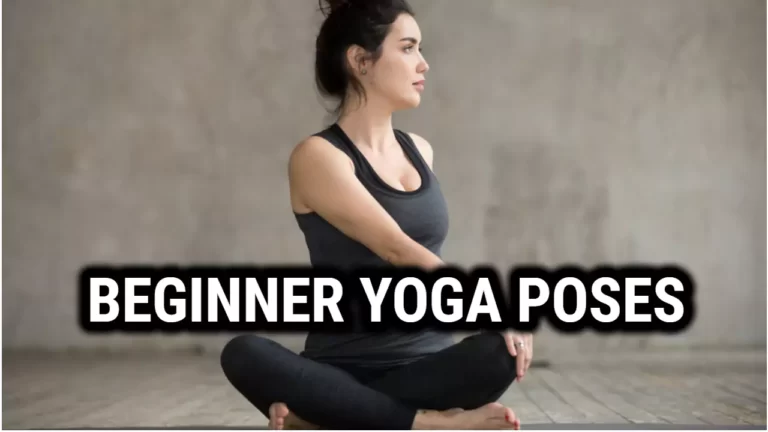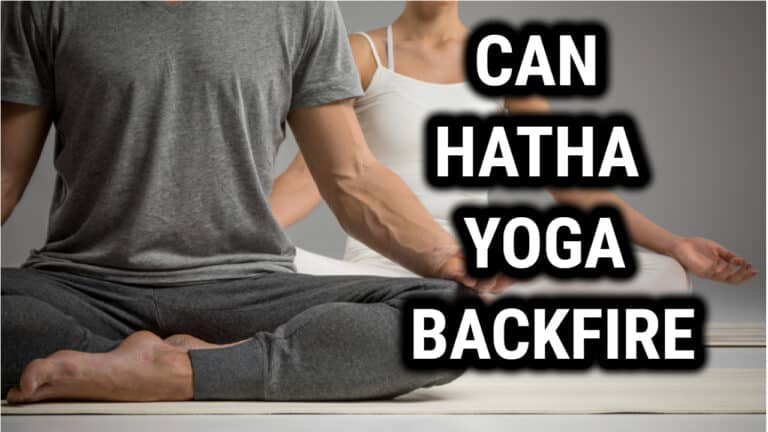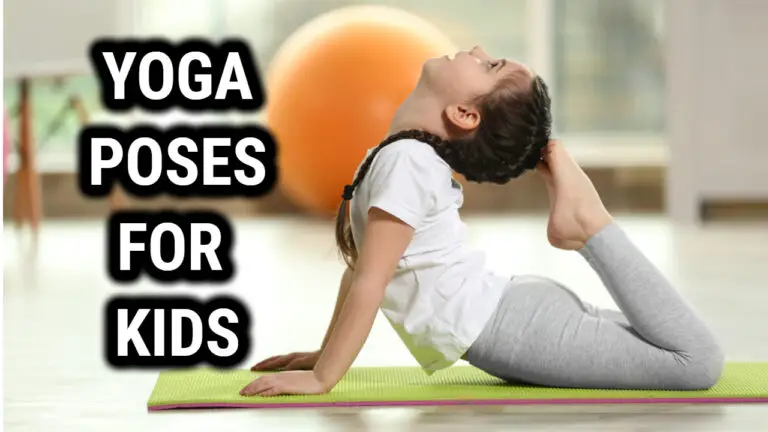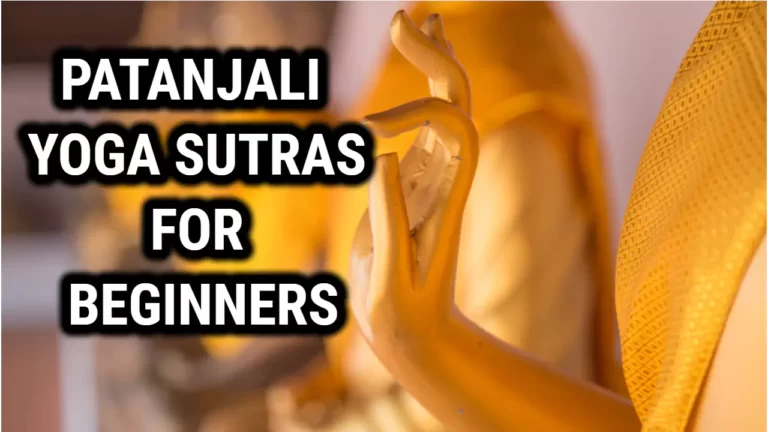Yoga Dead Bug Pose: Benefits, How to Do It, and Precautions
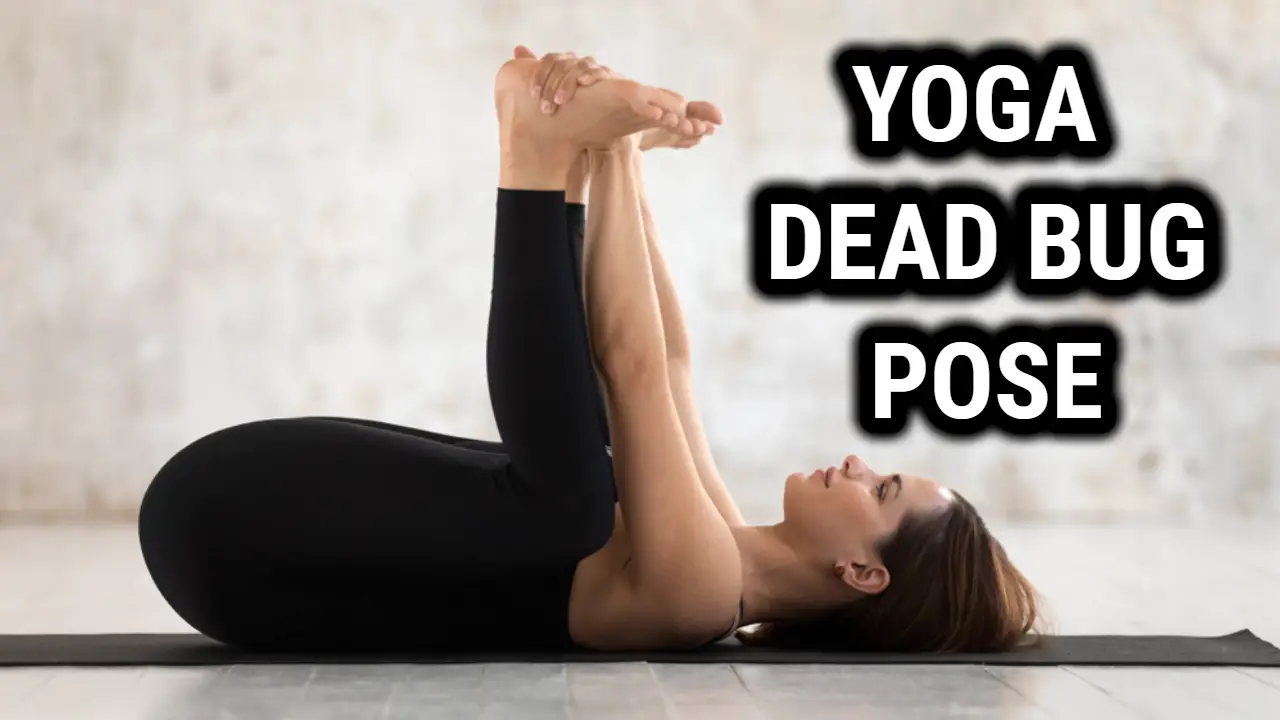
Yoga is a great way to stay active, build strength and flexibility, and relax your body. One of the unique poses you can do in yoga is the dead bug pose, which helps strengthen the core and improve balance. It’s an ideal pose for beginners and experienced yogis alike.
The dead bug pose is named after its resemblance to a dead bug lying on its back with arms and legs in the air. To do this pose, you must begin by lying flat on your back with your arms up above your head and your feet pointing straight up.
From there, you’ll slowly lower one leg while extending the other until they are both parallel to the floor. This may take some practice but once you’ve mastered it, you can reap all of its benefits!
Benefits Of Yoga Dead Bug Pose
The Yoga Dead Bug Pose is an excellent exercise for the core muscles and provides a good stretching experience. It helps to improve balance, posture, and strength in the abdomen, obliques, and hips.
- Strengthens your core: The Yoga Dead Bug Pose strengthens your core, including your abdominals and back muscles. This helps to improve posture and support your spine.
- Improves flexibility: This pose helps to open up the hips and stretches the chest, shoulders and hamstrings.
- Reduces stress: This pose helps to release tension from the body and can help to reduce stress and anxiety.
- Improves balance: This pose helps to improve balance, coordination and stability.
- Improves digestion: This pose helps to massage the internal organs, which can help to improve digestion and reduce constipation.
Furthermore, it can increase flexibility in the lower back region while calming the mind. The pose is also known to reduce stress levels as it helps to clear out any negative energy.
All these benefits make Yoga Dead Bug Pose a great yoga practice for anyone at any fitness level.
How To Do The Pose Properly
- Begin by lying flat on your back with your arms up above your head and your feet pointing straight up.
- Take a deep breath and as you exhale, slowly lower one leg while extending the other until they are both parallel to the floor.
- Make sure your lower back is pressed flat against the floor.
- Hold for five to ten breaths, then switch legs.
- To release, slowly bring your legs back up to the starting position and relax.
Repeat this a few times before releasing both legs and returning to your starting position. Make sure to keep your lower back pressing into the mat throughout this movement in order to protect it from injury.
Pay attention to any areas of tension or pain, adjusting accordingly until you find a comfortable position that works for you.
Yoga Dead Bug Pose is a great pose for stretching and strengthening the core and can be done by anyone at any fitness level. Start slow and practice often to reap all of its benefits.
Tips For Beginners
Now that you understand the proper form for the yoga dead bug pose, let’s explore some tips for beginners.
To get started, it’s important to remember that each body is different and works at its own pace. Therefore, it is best to move slowly and mindfully into this pose and make sure your hips and shoulders remain level with the ground. It is also important to be patient with yourself as you become more comfortable in the pose.
When practicing the yoga dead bug pose, focus on engaging your core muscles throughout the duration of the exercise. This will help you maintain stability and control of your movements so that you can benefit from all its poses have to offer.
Additionally, if balance or flexibility are issues as you start out, it can be helpful to use props such as blocks or straps to support yourself as needed.
With practice, patience and dedication, soon enough you’ll be able to do this pose like a pro!
Common Misalignments
The yoga dead bug pose is a lot like the game of chess in many ways. You have to think ahead, move strategically and make sure all your pieces are in their right place. It’s a balancing act that requires finesse and focus if you want to get it right.
Common misalignments can be avoided by following these steps:
- Make sure your shoulders, hips and knees stay aligned throughout the pose
- Press firmly into the ground with your hands and feet while lifting up through your core
- Keep your spine long and engaged as you move from one variation to the next
- Try to engage all of your muscles evenly rather than focusing on certain areas
It’s important to remember that practice makes perfect, so take it slow and savor each moment as you flow through this unique pose. With patience, dedication, and attention to form, you will soon master this challenging yet rewarding practice.
Frequently Asked Questions
What Other Poses Can Be Used As A Preparation For The Yoga Dead Bug Pose?
Posesss such as cat-cow or bridge pose. Cat-cow can help alleviate tightness in the back, while bridge pose helps open up the chest and hips.
Both poses are also beneficial for stretching and strengthening areas of the body that may be used during the dead bug pose. By following these steps and incorporating other poses into your practice, you’ll be able to enjoy a safe and fulfilling yoga experience.
What Is The Best Time Of Day To Practice The Yoga Dead Bug Pose?
Practicing yoga at any time of day can be beneficial, but when it comes to the dead bug pose specifically, there is an optimal time.
Early morning is ideal for this pose as your body has just woken up, leaving you with plenty of energy and focus to get in the right mind frame. You’ll also benefit from increased flexibility throughout the day as a result of working out in the a.m.
Not only that, but you’ll start each day off on a positive note by getting into a relaxed state of mind and taking some time for yourself.
How Often Should The Yoga Dead Bug Pose Be Done To Achieve Optimal Results?
How often you practice any exercise can greatly impact the results you achieve. Generally, when starting a new routine, it is best to do the exercise 7 times a week.
As your body gets used to the movement, you can increase the frequency or intensity of the exercise. Doing this will help you reach optimal results and maximize benefits.
Conclusion
The Yoga Dead Bug Pose is an incredibly effective exercise for stretching and strengthening the core muscles.
With regular practice of this pose, it can help improve posture, balance and overall body strength.
It is important to take precautions before attempting this pose, as there are risks associated with it.
Studies have found that up to 75% of people who practice this pose regularly can see improvements in their posture and overall core strength after just a few weeks.
I highly recommend incorporating this pose into your yoga routine if you are looking for a way to strengthen your core and improve your posture.
